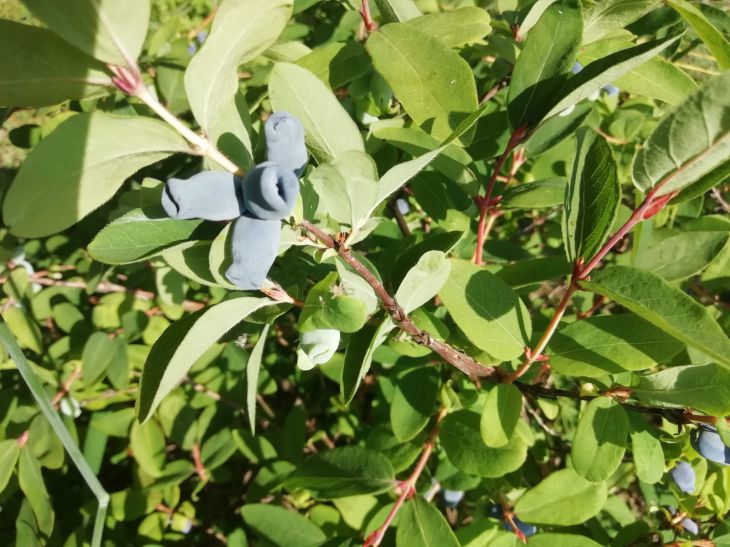When some cultivated plants are said to be unpretentious, this does not mean that you can squeeze all the juices out of them without showing an ounce of care.
These include honeysuckle, which produces the very first vitamin berries in the middle of spring. It needs to be trimmed, fed and processed.
Compared to raspberries or currants, this is a truly unpretentious bush with useful berries. Honeysuckle tolerates cold and drought well, and before these berries, only small greens can grow in the garden. Despite the obvious simplicity of caring for the bush, you need to pay attention to this bush in the spring.
Pruning honeysuckle
Honeysuckle wakes up with the first warm rays, so it is better not to delay pruning and do it before the buds swell. Later, you can only harm the bush.
The bush needs to be thinned out, otherwise there will be problems with pollination, and this will affect the yield. The thicker the bush, the fewer berries it has. Remove branches that shade the crown, make it too thick, lie on the ground, break over the winter, etc. Then it would be a good idea to treat the cuts with garden pitch or garden paint.

Honeysuckle processing
Diseases are practically excluded, but fungus can attack the plant. Therefore, 2-3 days after pruning, the bushes are sprayed with copper sulfate (1% solution).
How to feed honeysuckle
A week after the fungus treatment, you can start adding fertilizers. First, you need to loosen the soil, water it if the spring is dry.
There is an opinion that fruiting can be improved if you start adding fertilizer under the bush every 15 days until fruiting is complete.
Mineral fertilizers, organic and traditional developments are used.
In the first case, you can add a universal spring fertilizer, which includes nitrogen, phosphorus and potassium. You can add the components separately.
For example, bushes up to 5 years old need 20 g of potassium sulfate, 15 g of urea and 20 g of superphosphate.
Compost, humus, ash or liquid manure are used from organic matter. If the bush is young, then up to 5 kg of compost, 4 kg of humus, 250 g of ash or 1 liter of liquid manure (diluted in a ratio of 1:10) are added.
Folk methods include infusions based on onion peel, bread or yeast. Various green fertilizers from weeds with the addition of dolomite flour are also practiced.








